In a world increasingly shaped by conscious consumption, understanding how to read food labels isn’t just a skill—it’s a vital element of health literacy. For anyone invested in wellness, longevity, weight management, or disease prevention, the ability to decode a nutrition facts label transforms the way food choices are made. Despite their ubiquity on every packaged product, nutrition labels often remain a mystery to consumers. This comprehensive guide provides a medically accurate, expert-reviewed breakdown of food labels, highlighting how to read nutrition labels properly and use that information to support long-term health goals. It also clarifies what is listed underneath the food label and explains why serving size is more than a fine print detail—it’s a key to nutritional accuracy.
You may also like: 4 Ways to Have a Healthy Diet: Expert Tips Backed by Science for Better Nutrition and Long-Term Wellness
Why Food Labels Matter More Than Ever
In today’s dynamic health landscape, nutrition decisions are more impactful than ever. With rising rates of obesity, diabetes, heart disease, and food allergies, the average consumer must take on an active role in understanding what goes into their body. Food labels offer critical insights into macronutrients, micronutrients, additives, and serving sizes—a veritable roadmap to healthier eating when interpreted correctly. For people managing specific dietary conditions or following structured eating plans, knowing how to read food labels becomes essential for avoiding hidden sugars, unhealthy fats, and misleading health claims. When used properly, the nutrition facts label empowers consumers to align their food choices with personal health goals and dietary guidelines.
The Anatomy of a Nutrition Facts Label
The nutrition facts label is standardized by regulatory agencies like the U.S. Food and Drug Administration (FDA) to provide a consistent format for displaying key nutritional data. Although designs may vary slightly depending on the region, the core structure remains similar across most products. At the top, you’ll find the serving size and number of servings per container—a crucial starting point for interpreting the rest of the label. Immediately beneath is the calorie content per serving, answering the common question: is calories of pricing found in food label information?
Moving down the label, you encounter sections for macronutrients such as total fat, saturated fat, trans fat, cholesterol, and sodium, followed by carbohydrates, dietary fiber, total sugars, and added sugars. Protein content typically appears next, while micronutrients like vitamin D, calcium, iron, and potassium follow. Each nutrient is accompanied by a Daily Value percentage (%DV), which indicates how much a single serving contributes to a recommended daily intake. Understanding this outline of a nutrition label enables consumers to make more precise dietary decisions.
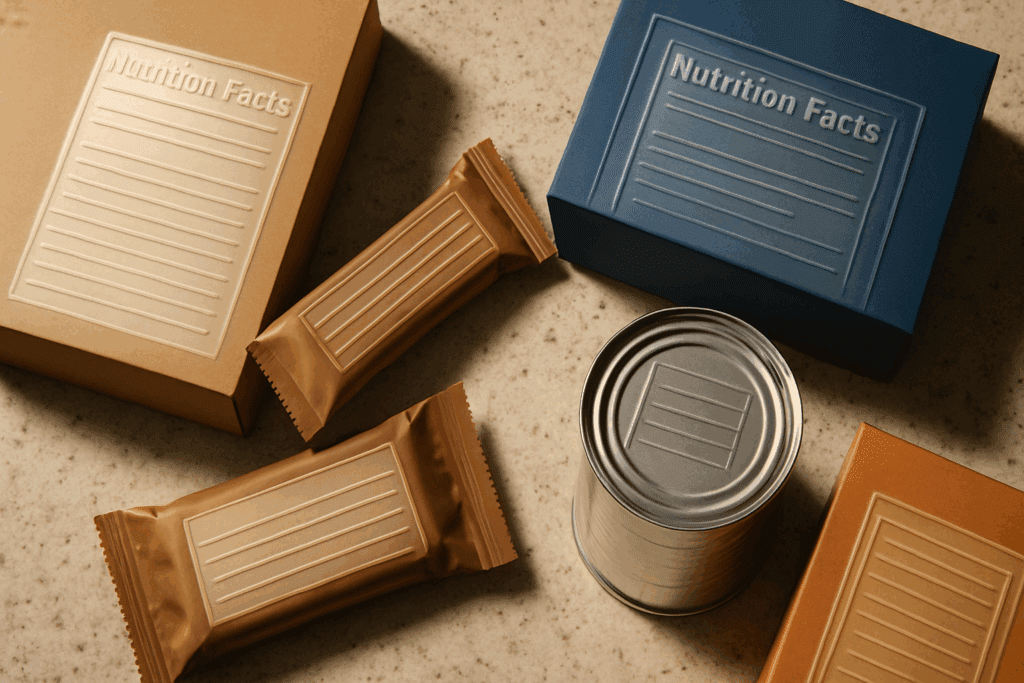
Serving Size: The Unsung Hero of Nutritional Accuracy
When learning how to read serving information, one must realize that serving size determines the nutritional context of all other data on the label. This isn’t merely a suggested amount—it’s the reference point for all values presented. For instance, if a bag of granola lists a serving size of 1/2 cup and you consume a full cup, you’re doubling your intake of calories, sugar, fat, and other nutrients.
People often misinterpret portion size (what you choose to eat) as being the same as serving size (the standardized reference amount), which leads to underestimating caloric and nutrient intake. Knowing how to read serving information equips consumers to compare similar products more accurately and monitor consumption more effectively. Whether you’re using a supplement facts label generator or a free nutrition facts label maker, serving sizes must always be clearly defined for meaningful analysis.
Decoding Calories and Macronutrients for Real Impact
Calories provide a numeric snapshot of the energy a food provides, but it’s the source of those calories that carries the real weight. A food rich in protein and fiber but low in added sugars has a vastly different metabolic effect than an item with the same calories derived mostly from simple carbohydrates and fats. That’s why understanding how do you read the nutrition label on food isn’t just about calories but also the nutrient density of those calories.
Macronutrients on the nutrition label include total fat, saturated fat, and trans fats, alongside total carbohydrates, dietary fiber, and protein. Each has distinct physiological implications: saturated and trans fats raise cholesterol levels, while fiber supports gut health and glucose control. When using a nutrition label generator or reading an example of nutrition facts label, pay close attention to the breakdown of these macronutrients to ensure you’re not just counting calories but evaluating quality.
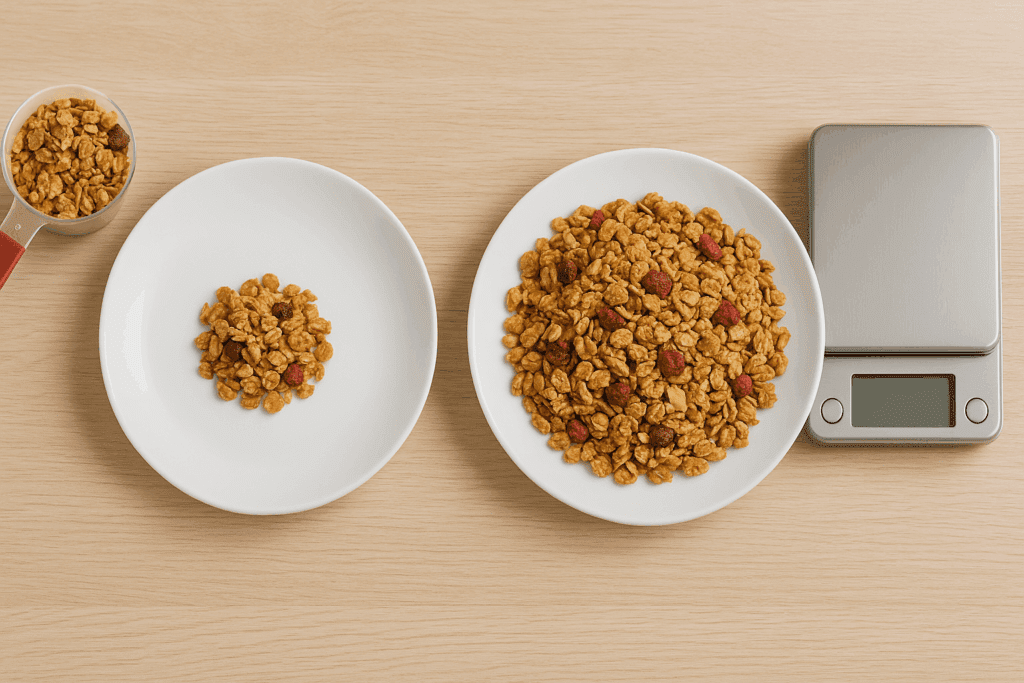
Added Sugars and Sodium: The Quiet Saboteurs
Among the most underestimated aspects of the nutrition facts label are added sugars and sodium. While naturally occurring sugars in fruits and dairy are generally benign in moderate quantities, added sugars have been directly linked to metabolic disorders, weight gain, and increased cardiovascular risk. Sodium, though essential in small amounts, often appears in excessive quantities in processed foods and is a major contributor to hypertension and cardiovascular strain.
The updated nutrition facts label now separates total sugars from added sugars, a critical improvement for public health. Knowing how to read food labels helps you identify these hidden culprits that can sabotage otherwise healthy-looking products. Many people unknowingly exceed recommended daily limits simply because they never learned how to read nutrition labels thoroughly.
Percent Daily Value: Understanding Nutrient Density
One of the more nuanced components of the food label is the Percent Daily Value (%DV). This figure shows how much a nutrient in one serving contributes to a daily diet, typically based on a 2,000-calorie benchmark. For nutrients like fiber, calcium, and potassium, higher %DV is desirable. For items like saturated fat, sodium, and added sugars, lower percentages are preferable.
A value of 5% DV or less is considered low, while 20% DV or more is high. Using this metric, consumers can quickly assess whether a food is rich or poor in essential nutrients. Understanding how to read nutrition labels through this lens helps people prioritize foods that deliver nutritional bang for the buck. Whether you’re evaluating a blank nutrition facts label or a nutrition facts template, the %DV provides a helpful snapshot of nutrient density.
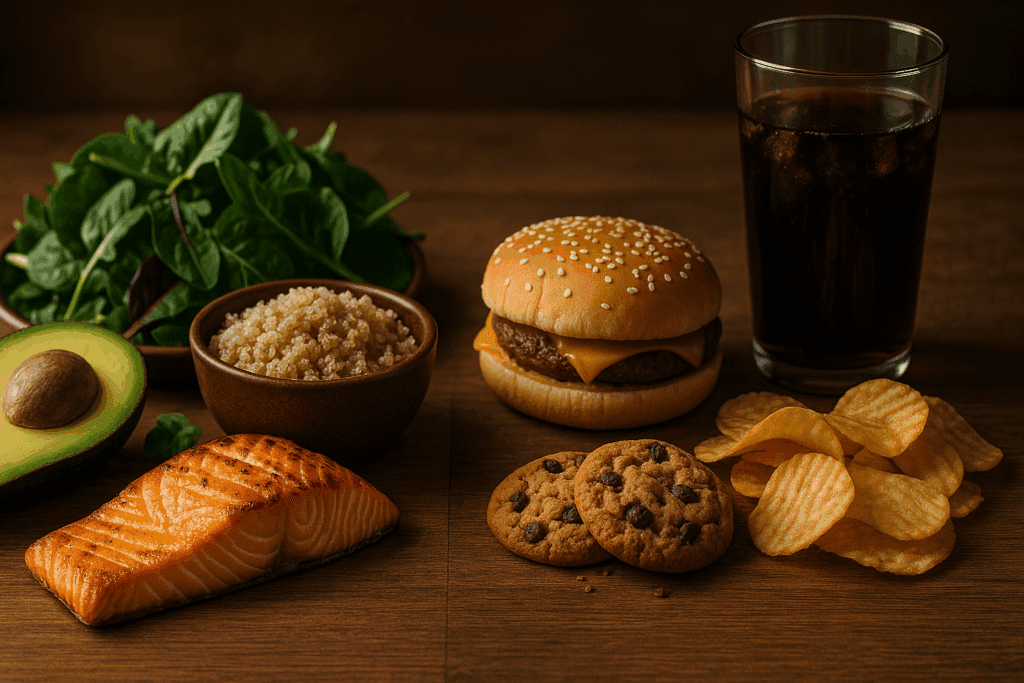
Ingredient Lists and What’s Under the Label
Beyond the boxed nutrition facts lies another critical area often overlooked: the ingredient list. This section offers transparency into what’s actually in your food, typically ordered from highest to lowest quantity. If sugar or a form of sugar appears in the first three ingredients, the product is likely high in added sugars, regardless of health claims on the front label.
Understanding what is listed underneath the food label is especially important for people with allergies, sensitivities, or dietary restrictions. It also helps identify artificial preservatives, colorings, and emulsifiers that may not be explicitly reflected in the nutrition facts. The ingredient list serves as a litmus test for food quality, providing clues about how processed or whole a product really is.
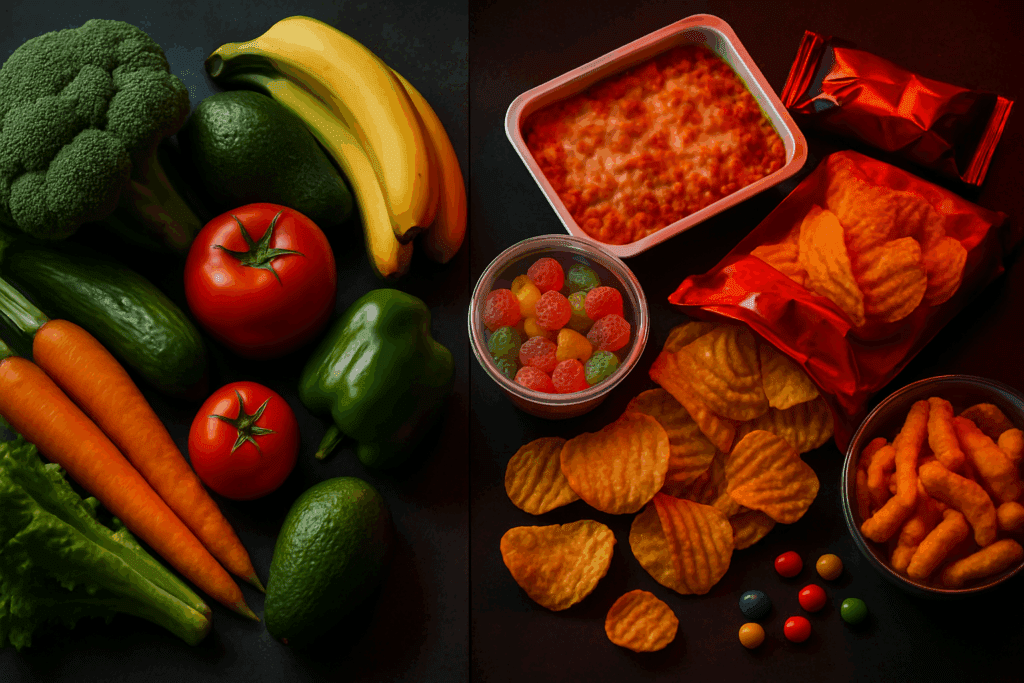
The Rise of Digital Tools: From Nutrition Label Makers to Supplement Facts Label Generators
Technology is transforming how we interact with food data. A range of tools—from a free nutrition label generator to a full-featured food nutrition facts label creator—empowers both consumers and producers to evaluate or design labels with precision. For those creating homemade foods or running small-scale food businesses, a nutrition facts label maker or a food nutrition label maker provides an easy, compliant way to create nutrition information.
These digital platforms include templates for creating labels, often with drag-and-drop features and automated nutrient calculators. They help users build a blank nutrition facts label or generate a supplement facts label tailored to specific needs. Some options even offer a nutrition facts creator with barcode integration and regulatory compliance checks. Whether you want to make nutrition label free for a recipe blog or use a professional-grade nutrition facts generator, these tools enhance transparency and customization.
Navigating Health Claims and Labeling Loopholes
Terms like “all-natural,” “low-fat,” and “heart-healthy” often appear prominently on the front of packages. However, these are marketing claims and not always reflective of the actual nutrition profile. Learning how to read food labels involves skepticism toward front-of-package language and a deeper dive into the standardized nutrition facts and ingredients section.
Some labeling tricks include using multiple types of sugar (e.g., cane sugar, dextrose, fructose) to prevent sugar from appearing as the first ingredient or listing portion sizes unrealistically low to reduce the appearance of calories and fat per serving. Recognizing these loopholes is essential for decoding misleading packaging and choosing truly health-supportive foods.
Customizing Nutrition for Health Goals
Food labels aren’t just about avoiding harm; they’re also a roadmap for proactive wellness. For individuals aiming to lose weight, monitoring total calories, added sugars, and saturated fats becomes crucial. Those focusing on muscle gain or athletic performance will benefit from identifying high-protein foods and products with balanced macronutrient ratios. Using a nutrition facts label maker allows you to test different recipe formulations and optimize them for your goals.
The precision offered by a nutrition facts label—or a supplement facts label maker for specialized products—enables targeted dietary strategies. Whether the aim is blood sugar control, weight management, or boosting nutrient intake, knowing how to read food labels allows you to align meals with your unique physiology and health aspirations.
What Does ‘W’ Start For on a Nutrition Label?
An often-searched but misunderstood aspect of nutrition labels is what does ‘w’ start for on a nutrition label. In most standard nutrition labeling formats, there isn’t a designated ‘w’ category. However, consumers may encounter “% water content” in certain food categories, especially in fresh produce or meats. Alternatively, the letter might be confused with “weight” or “with” in ingredient descriptions (e.g., “with vitamin C”). If such abbreviations appear, they are usually contextual and not standardized. When unsure, referring to a nutrition facts template or consulting a free nutrition facts label maker can help clarify label components.
Common Pitfalls When Trying to Read Labels Properly
Despite best intentions, even well-informed consumers fall prey to common mistakes. Misjudging serving size remains the top culprit, especially for snacks and drinks. Another issue is relying solely on calorie count without assessing nutrient quality. People often forget to compare %DV across brands or fail to interpret added sugars and ingredient lists critically.
Another pitfall is not accounting for cumulative intake—eating several packaged foods throughout the day that all contribute to high sodium or sugar levels. To read labels properly means tracking patterns, not just individual products. It also means leveraging tools like a nutrition facts generator or nutrition facts creator to better visualize what you’re consuming over time.
Empowering Change Through Label Literacy
Education is the catalyst for healthier food choices, and label literacy is the foundation. By taking the time to learn how to read food labels, consumers transition from passive recipients of marketing to active managers of their nutrition. This empowerment extends beyond individual well-being—it supports public health efforts, encourages transparent labeling, and drives demand for more nutritious products.
With access to a wide range of tools like a nutrition label maker or a supplement facts label generator, even small food brands can contribute to this shift. Whether you’re analyzing a blank nutrition facts long format or customizing a food nutrition facts label creator, you’re participating in a larger movement toward conscious consumption.
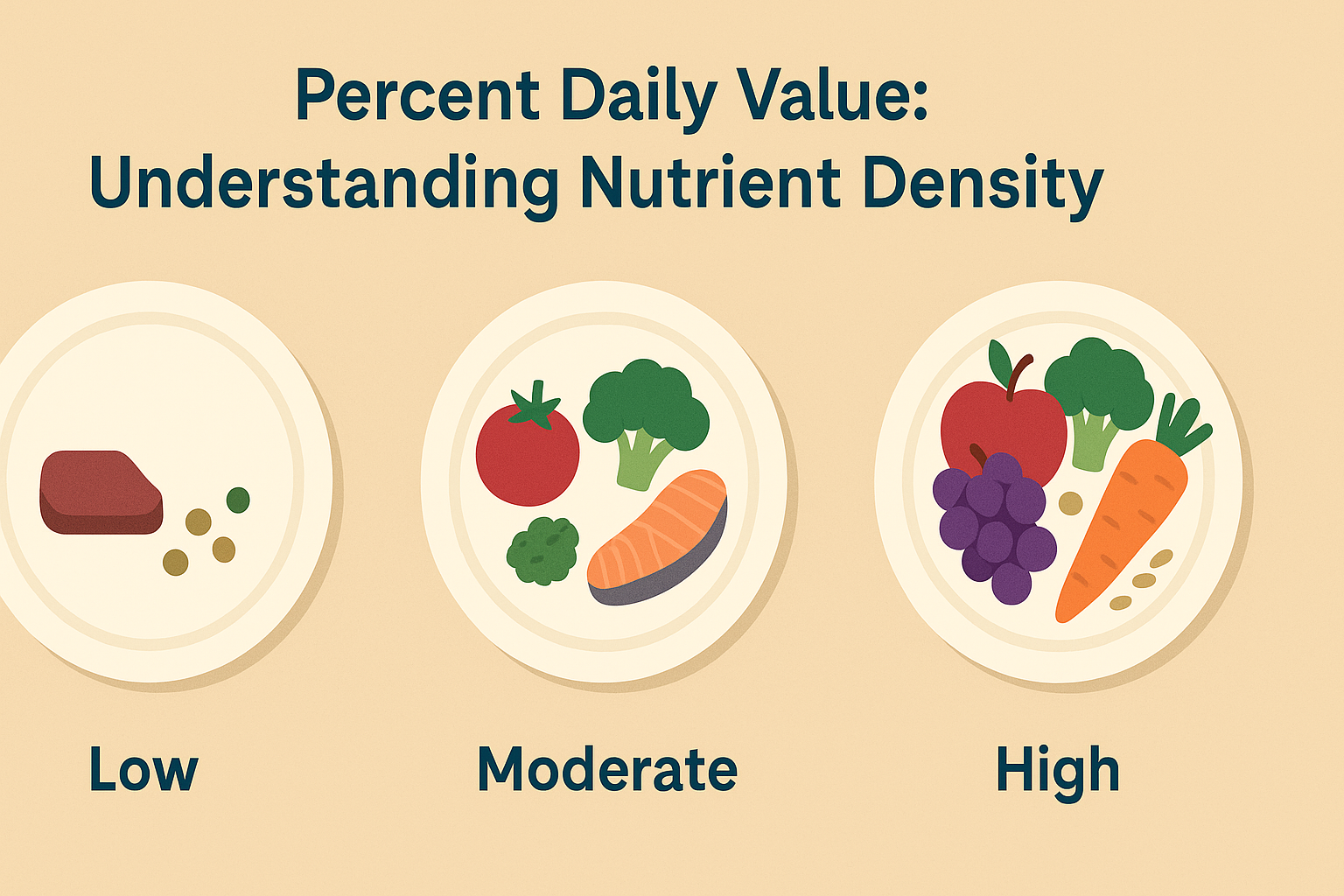
Frequently Asked Questions (FAQ)
1. How do you read the nutrition label on food?
Reading a nutrition label effectively is key to making informed decisions about what you eat. The first step is to check the serving size. It’s essential to understand how the manufacturer defines a serving, as this will impact all the nutritional values listed. From there, look at the calories per serving, followed by the macronutrients such as fats, carbohydrates, and proteins. A helpful trick is to use a nutrition label maker or nutrition facts label generator to create a personalized label if you’re crafting meals or need to track homemade recipes. Understanding the ingredients listed underneath the nutrition label is also important, as they give context to the food’s nutritional value. For clearer information, using a nutrition facts template can help organize these details effectively.
2. What does “W” start for on the nutrition label?
The “W” seen on many nutrition facts labels often refers to the “weight” of the product. This may be shown as the weight per serving or the total package weight. The outline of a nutrition label sometimes includes a space for this to help you understand how much you are consuming in one serving. Additionally, some food manufacturers use “W” in nutritional supplements to represent the amount of weight per dose. This can help you assess how much of each ingredient you are getting in your serving. For detailed tracking, using a supplement facts label maker can help streamline your analysis of weight and other product specifics.
3. Is calories of pricing found in a food label?
Typically, calories are listed on the nutrition facts portion of the food label, but pricing information is not included. Food labels focus on providing nutrition facts such as the number of calories per serving, the amount of fats, sugars, proteins, vitamins, and minerals. Pricing of the food item is usually found elsewhere on the packaging or in the store itself. To make informed decisions based on both cost and nutrition, using a nutrition facts generator can help you track your intake based on the calorie count, allowing for healthier and budget-conscious meal planning.
4. What is listed underneath the food label?
Underneath the food labels, you will typically find the ingredients list and any allergy warnings. These sections provide vital information for individuals with dietary restrictions or those trying to avoid certain additives, preservatives, or artificial ingredients. Many food labels also list certifications such as “organic” or “non-GMO.” Using a nutrition facts label maker can help you manually create a label for homemade foods, which can be an excellent way to track your ingredients and nutritional intake. Tools like a free nutrition label maker are beneficial when creating labels for health-focused recipes.
5. How can I use a nutrition facts label maker to create custom food labels?
A nutrition facts label maker or nutrition label maker allows you to input your recipe or food ingredients, and it will automatically generate the corresponding nutrition facts based on serving size and ingredients. These tools are invaluable for food producers, health enthusiasts, and diet-conscious individuals who need to manage portion sizes or track macros effectively. For free options, many free nutrition facts label generators are available online, allowing you to create and print nutrition labels easily. By using these resources, you can ensure that your meals or products are accurately labeled with the correct nutritional data.
6. How do I read serving information on a nutrition label?
To understand serving information on a nutrition label, you must first locate the serving size. The serving size is the basis for all the other values listed on the label, from calories to macronutrients like fats and carbohydrates. For example, if a serving size is listed as 1 cup, and the calories per serving are 200, you are consuming 200 calories per cup. If you consume more than the listed serving size, you need to adjust the numbers accordingly. How to read serving information correctly is crucial for portion control, especially if you’re managing your weight or health goals.
7. How can a supplement facts label generator be helpful in tracking nutrients?
A supplement facts label generator helps you easily create nutrition labels for dietary supplements, ensuring accurate information is available. These generators typically allow you to input ingredients, servings, and quantities, and will calculate the nutrition facts automatically. This is incredibly helpful for personal use, as well as for businesses in need of consistent, legally compliant labeling. Many nutrition facts label generators can also provide the outline of a nutrition label that is formatted according to regulations, ensuring that you meet industry standards.
8. Can I use a nutrition facts label generator for homemade foods?
Yes, a nutrition facts label generator can be a great tool for individuals who prepare their own meals. By entering your recipe ingredients and portion sizes, these tools will provide an accurate breakdown of nutrition facts based on common databases. Whether you’re baking a cake or preparing a stew, using a nutrition label maker ensures you know the calories, fats, proteins, and sugars in your dishes. A free nutrition facts label maker is especially useful for those who wish to track their diet or need to provide clear nutritional information for others, such as in meal prepping or catering.
9. What are some common mistakes when trying to read food labels properly?
One of the most common mistakes when trying to read labels properly is not checking the serving size. Many people assume the entire package is a single serving, but often, packages contain multiple servings. Another mistake is overlooking the ingredients list beneath the nutrition label, which can contain hidden sugars, sodium, or allergens. Using a blank nutrition facts label template or a nutrition facts creator can help you visualize what a complete label should look like, ensuring that all details are considered when you analyze the food you eat.
10. What are the benefits of using a nutrition facts label maker for my diet?
Using a nutrition facts label maker allows you to gain a more personalized understanding of the food you consume. With a custom label, you can track the exact calories, fats, and other nutrients in your home-cooked meals, making it easier to stick to a diet plan. For those with specific health goals or conditions, knowing the precise nutritional value of each meal can be incredibly helpful. Tools like the nutrition facts label generator offer a quick way to generate nutritional data, enabling you to make more informed decisions about your diet. Additionally, free nutrition facts label creators often provide printable templates that help organize your meal planning.

Final Thoughts: Unlocking the Power of the Nutrition Facts Label
Understanding how to read nutrition labels is not just a task for dietitians or health professionals—it’s an essential skill for every consumer. From calorie content to ingredient lists, from understanding what is listed underneath the food label to using a nutrition facts label maker to personalize your approach, the knowledge you gain is empowering. When you know how to read food labels, you become the gatekeeper of your own health, filtering out marketing noise and focusing on what truly matters.
Whether you’re comparing items using a free nutrition label generator or designing your own label with a nutrition facts generator, the benefits of this skill are lifelong. Informed food choices support long-term health, reduce disease risk, and contribute to a more transparent and responsible food system. Ultimately, label literacy is not just about reading what’s in front of you—it’s about interpreting it wisely and acting on that knowledge to fuel your health and longevity journey.


